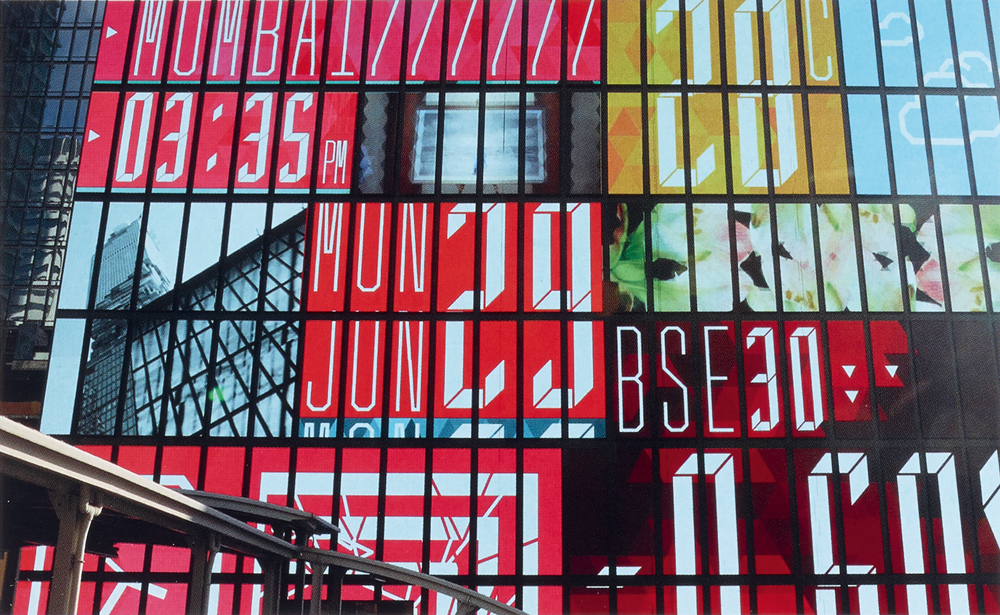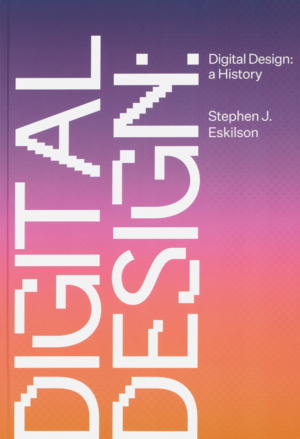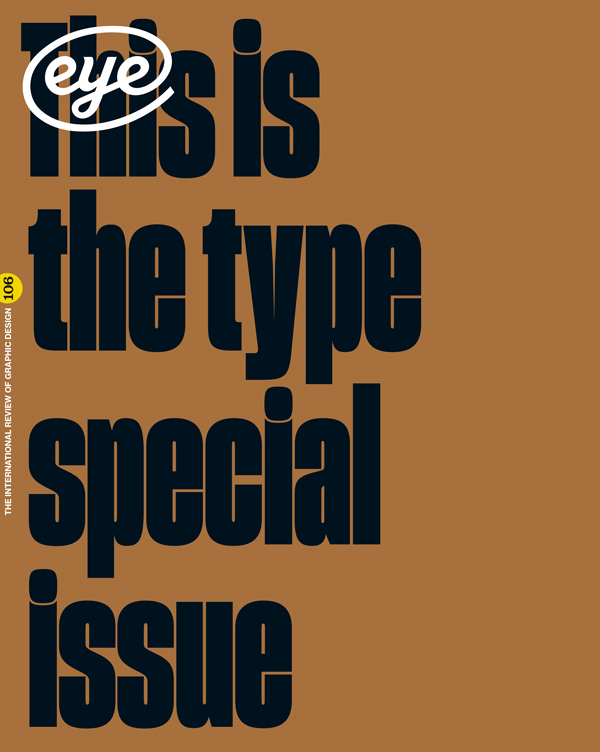Summer 2024
Design by numbers
Digital Design: A History
By Stephen J. Eskilson. Princeton University Press, £42. Cover design: Jason Alejandro. Text design: OoLBDigital images on the Mahanakhon Cube, a venue in Bangkok, design by Pentagram partner Eddie Opara, 2018.

Stephen J. Eskilson’s authoritative Graphic Design: A New History first appeared in 2007 and its final chapter examined how digital technology had changed typography and ushered in web design and motion graphics. In the second and third editions (2012 and 2019) this concluding section continued to expand as technology advanced and its impact on graphic design continued. The small gaps between these big books reveals much about the pace of this change. In his latest book, Digital Design: A History, graphic design is just one subsection of a detailed exploration of the history of the digital sphere and its prevailing role within contemporary design, visual culture and wider society.
In Digital Design, Eskilson examines what he calls an ‘indistinct realm’ and states that his focus is on ‘phenomena that have a primary debt to the use of computers.’ Today, ‘digital design’ is frequently taken to be a synonym for screen-based graphic design – a bias reflected in the top entries of Google’s 4.6bn results for the term – but, as Eskilson shows, the two words are a much wider catch-all, a method and approach to creating as well as an end in itself, with a long history that places its foundations in the analogue machine age. The scope of his project is therefore ambitious and his chapters reflect how digital technology has shaped not only architecture, type, industrial and product design, computer hardware and the internet, but has also established a role within social and existential spheres, from interactivity and play in art and gaming, to algorithmic culture and artificial intelligence, data visualisation and virtual reality.
Throughout the book Eskilson puts the human at the centre of the story and opens with an enlightening chapter on ‘visionaries’, those who have analysed the role of digital technology in our lives, from Marshall McLuhan’s 1960s vision of an interconnected world achievable via electronic media, through to Wired magazine’s emergence in the 1990s …
Mark Sinclair, writer, editor, Stroud
Read the full version in Eye no. 106 vol. 27, 2024

Eye is the world’s most beautiful and collectable graphic design journal, published for professional designers, students and anyone interested in critical, informed writing about graphic design and visual culture. It is available from all good design bookshops and online at the Eye shop, where you can buy subscriptions and single issues.

